Iran oil exports hit record high despite US maximum pressure
Iran’s oil production and exports have increased significantly in recent months with the sales of petroleum products hitting record highs despite US sanctions.
Iranian Oil Minister Bijan Namdar Zanganeh made the remarks during the opening ceremony of the 25th edition of Iran's Oil Show on Friday.
“We set the highest record of exports of refined products in the history of the oil industry during the sanctions,” despite Washington’s policy of maximum pressure and numerous measures and efforts against the country since 2018, when former President Donald Trump withdrew from the nuclear agreement.
“We will return to the market stronger than before, and faster than expected, if the sanctions are lifted,” the Iranian oil minister said.
"I am not worried about regaining Iran's lost oil market share, and oil buyers do not limit themselves to one or two sellers," Zanganeh added.

Joe Biden’s administration has said the US will lift sanctions and return to the 2015 nuclear pact, if Tehran also agrees to scale back its nuclear work in accordance with the Joint Comprehensive Plan of Action.
Biden’s Treasury Secretary nominee Janet Yellen said on Thursday that the US would only provide sanctions relief if Iran resumed its commitments under the nuclear deal.
Zanganeh said Trump and his team wanted our exports to reach zero, adding, “They wanted us to perish. Now they are in the dustbin of history, but we are alive and working with more hope to build the country.”
Zanganeh and other authorities have suggested that Iran would be able to swiftly increase its crude exports to levels above 3 million bpd if a future administration in the US decides to lift the oil sanctions. They say oil output in the country should reach a target of 8.5 million bpd in the upcoming years.
Earlier in January, the Iranian Oil Ministry signed $1.2 worth of enhanced oil recovery (EOR) contracts for a total of eight onshore and offshore projects with domestic companies to increase the amount of oil produced from the existing oilfields.
According to Zanganeh, the deals would enable Iran to increase its crude output from the current oilfields by nearly 100,000 barrels per day (bpd), adding that less than a single year of additional output would mean a full return of investment for the eight EOR projects.
He said in December that the government sought to double oil production and increase exports to 2.3 million barrels a day.
Iran Oil Show kicks off
The 25th edition of Iran's International Oil, Gas, Refining, and Petrochemical Exhibition has begun in Tehran.

Ranked among the top in the industry in terms of variety and audience, Iran Oil Show showcases the country’s latest achievements and announces future plans.

The inauguration ceremony, which was previously postponed due to the coronavirus pandemic, was held at Tehran Permanent International Fairgrounds on Monday, in full compliance with health protocols and strict safety and social distancing procedures.

According to Majid Boujarzadeh, the director of the Iran Oil Show, this round of the exhibition is focused on domestic production. This year’s expo is themed under the banner of "National Oil, Iranian Goods and Services."

Due to the special circumstances caused by the pandemic, only a selected few managers, businessmen, scholars, and experts are allowed to visit the three-day exhibition.

Covering a wide range of areas in the oil and gas sector, the international event has it all for enterprises, experts and even end-users. The exhibition pavilions are communication hubs for representatives of universities, science centers, technology parks, start-ups and companies from upstream industries, all down the spectrum to downstream operations.

Oil prices down
On Friday, oil prices fell , weighed down by a build in US crude inventories and worries that new Covid-19 pandemic restrictions in China will curb fuel demand in the world’s biggest oil importer.
Recovering fuel demand in China underpinned market gains late last year while the US and Europe were lagging behind, but that source of support is fading as a fresh wave of Covid-19 cases has prompted new restrictions.
Brent crude futures declined 60 cents, or 1.1 per cent, to $55.50 a barrel by the end of the week in London. US WTI crude futures fell 68 cents, or 1.3 per cent, to $52.45. The basket price for the Organization of the Petroleum Exporting Countries (OPEC) closed a little over $55 on Friday.
The US Energy Information Administration (EIA) expects global demand for petroleum liquids to be greater than global supply in 2021, especially during the first quarter, leading to inventory draws.

As a result, the price of Brent crude oil is expected to increase from its December 2020 average of $50 per barrel to an average of $56/b in the first quarter of 2021. The Brent price is then expected to average between $51/b and $54/b on a quarterly basis through 2022.
The EIA also expects that growth in crude oil production from members OPEC and partner countries (OPEC+) will be limited because of a multilateral agreement to limit production.
Saudi Arabia has announced that it would voluntarily cut production by an additional 1.0 million b/d during February and March. Even with this cut, EIA expects OPEC to produce more oil than it did in 2020, forecasting that OPEC crude production will average 27.2 million b/d in 2021, up from an estimated 25.6 million b/d in 2020.
Iran holds 10 percent of the world's proven oil reserves and 15 percent of its gas. It is one of OPEC's largest exporters and the world's largest producers.
‘All wars have rules. All of those rules have been broken’ by Israel
VIDEO | Report flags India’s violation of rights of Rohingya detainees
Turkey's foreign minister meets Syria's de facto leader in Damascus
'Next to impossible' to rescue patients from Gaza's Kamal Adwan Hospital: Director
VIDEO | Vietnam current prosperity
Report blames gasoil exports for shortage at Iranian power plants
VIDEO | Hind Rajab Foundation names Israeli war criminals vacationing after Gaza genocide
VIDEO | Australians rally for Gaza ahead of Christmas festivities


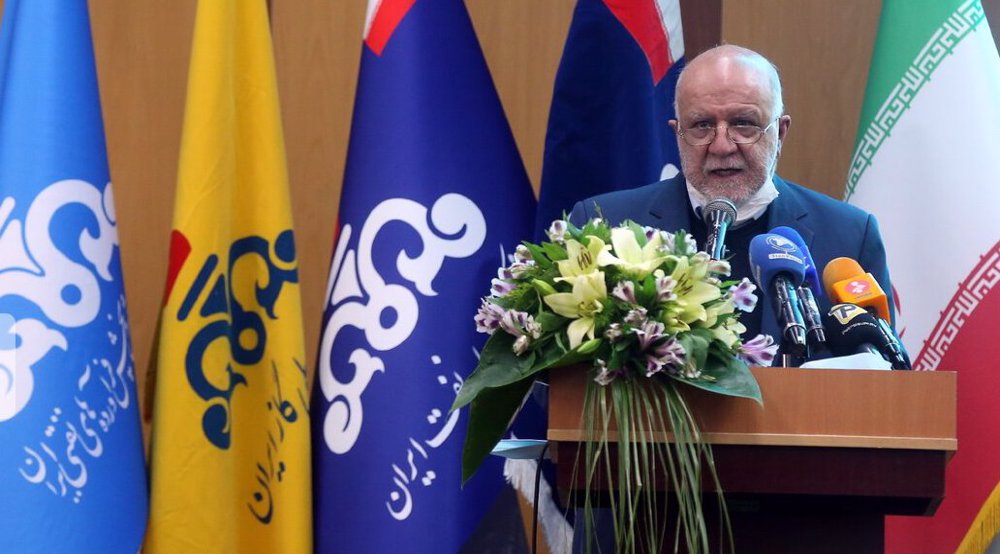


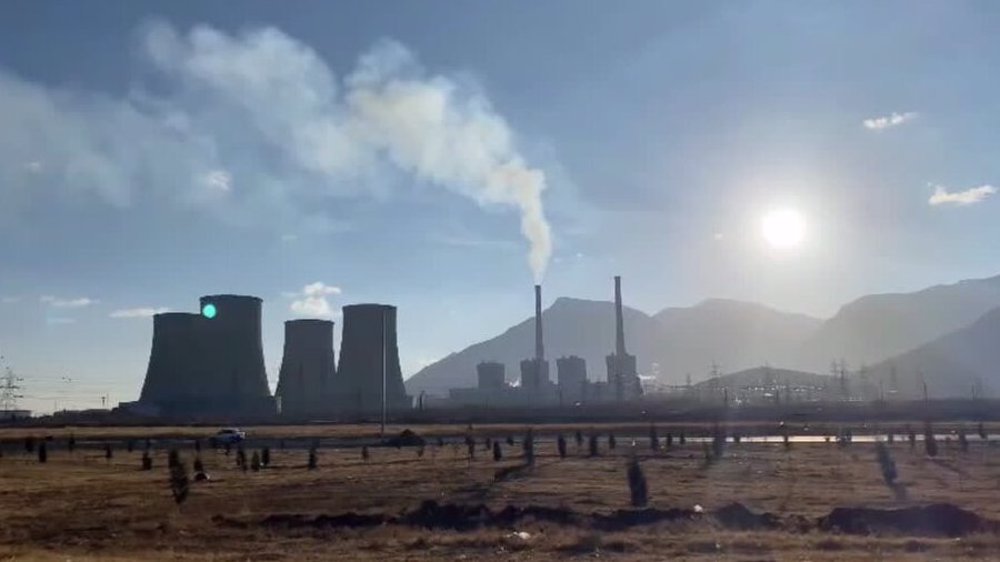
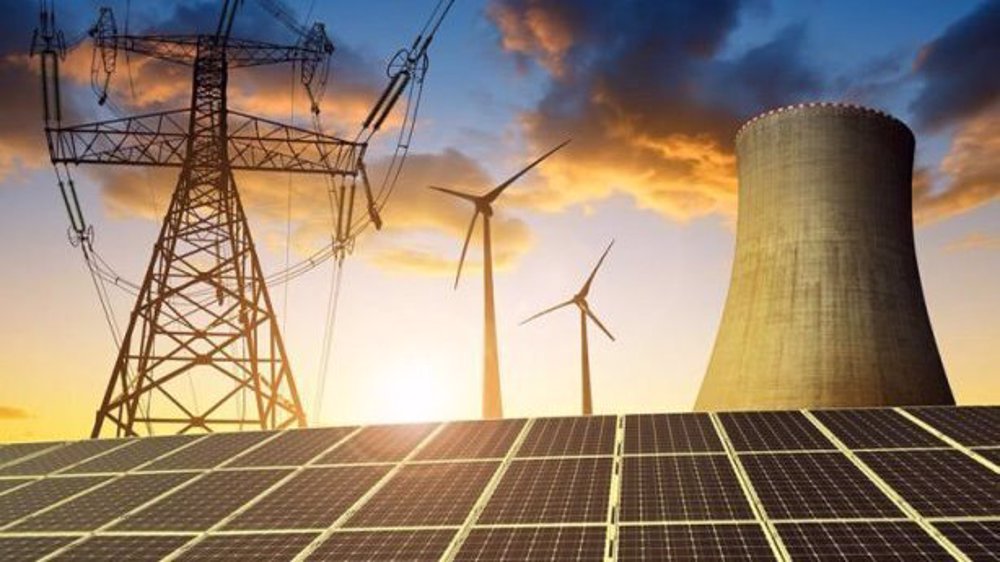




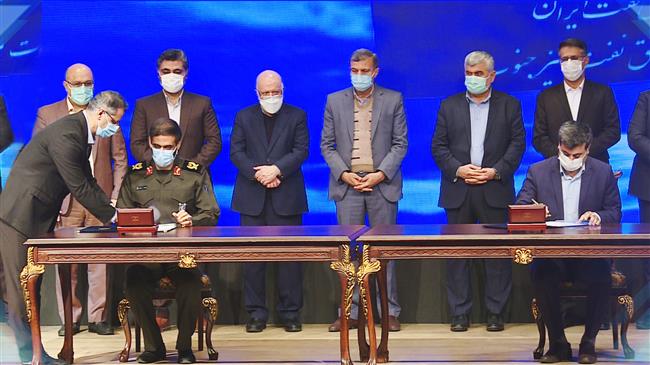

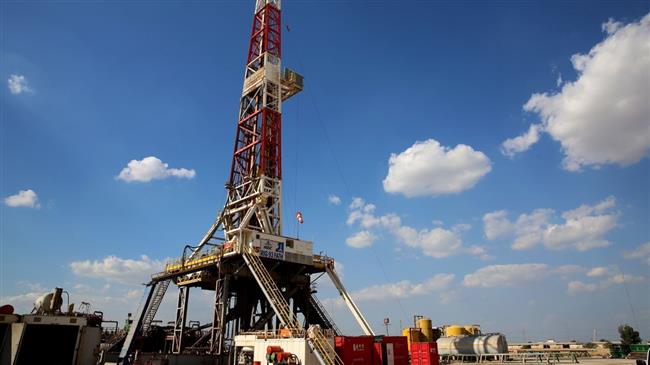

 This makes it easy to access the Press TV website
This makes it easy to access the Press TV website